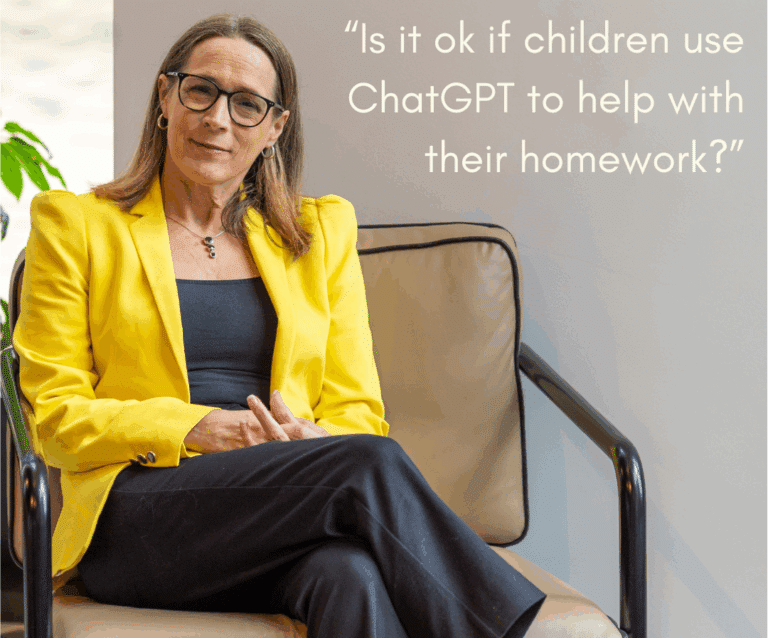How to help your child transition to secondary school
The move up from primary to secondary education is a big step. There are lots of changes (for both children and parents) and some children do find the shift challenging. However, there are lots of ways you can help your child transition to secondary school successfully.
Firstly, it’s a good idea to understand what the key differences are likely to be. At secondary school, children:
- move from classroom to classroom each lesson in order to access specialist subject teaching and equipment
- are expected to organise themselves independently so that they are in the right place at the right time with the correct books and equipment
- may be grouped with different children in different lessons
These changes can throw up some common transitional challenges. For example:
- going from being the oldest to the youngest in the school means a loss of social status, and some children may feel intimidated by the presence of older teenagers
- secondary schools usually have a much larger student population, and the sheer presence of all those people all moving around the school in different directions at the same time can be overwhelming
- your child will have to cope with ten or more teachers who may all have different teaching styles or expectations
- the pace of teaching may be faster and there is likely to be more homework set
- your child will need to make new friends and find their feet in a new peer group
For parents, the transition to secondary school can cause a lot of anxiety, and it is common to worry about our children not settling in. You may find that the ways you have previously stayed informed about your child’s school life (e.g. regular school communication and/or the school gate grapevine) are no longer available and you are dependent on your child’s (potentially unreliable) disclosures to keep you in touch.

Encourage independence
In the year before transition, start expecting more from your child and doing less for them. Encourage them to take on more responsibility around the house – especially in terms of self-care, household chores and looking after their own possessions. If the transition to secondary school will involve them travelling alone or by foot/bus/train, then start practising those skills well in advance so they have the skills and knowledge to keep themselves safe and navigate the world independently (see Balancing safety and independence for tips).
If the move to secondary school will involve them spending time after school at home alone, then make sure they understand key safety rules – you can use this checklist.
Help them get organised
Now is the time to introduce self-organisation tools. Whiteboards in bedrooms are great places to pin schedules, write checklists and scribble reminders for the next day. Make sure you hand over responsibility for packing their schoolbag and for keeping track of school clubs, projects and homework. If you think your child has forgotten something, don’t always remind them – prompt them to check their whiteboard or planner instead (see Teaching self-organisation skills).
Encourage them to get involved
Encourage your child to join clubs and get involved in organised activities at their new school. Think in advance about which activities are available – your child could take a look at induction materials or talk to other pupils to find out more. Secondary schools usually cater for a wide variety extracurricular interests. Joining the orchestra or Ultimate Frisbee team or Chess Club can help them find new like-minded friends as well as building skills and confidence.
Chat often
It’s really important that your child feels able to tell you whatever is going on – both before and after the transition. Remember, it’s okay for them to feel nervous. It’s not your job to convince them that it’s all going to be fine. Use empathetic listening to acknowledge their concerns and support them to come up with ideas that might help.
Don’t let your own worries and fears lure you into asking constant questions. Communication with pre-teens and teens tends to happen best when you are chatting while hanging out doing other things together and when they feel relaxed rather than scrutinised (see Communicating with teenagers).
Worried about the prospect of parenting a teenager? We have lots of articles to help plus an online parenting teenagers course too.






